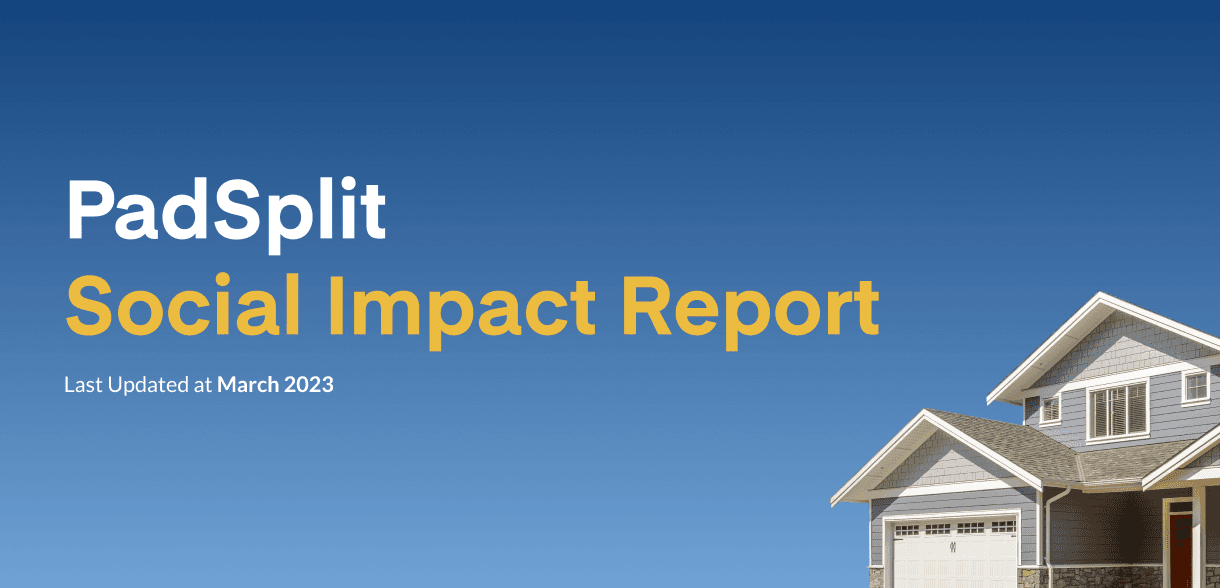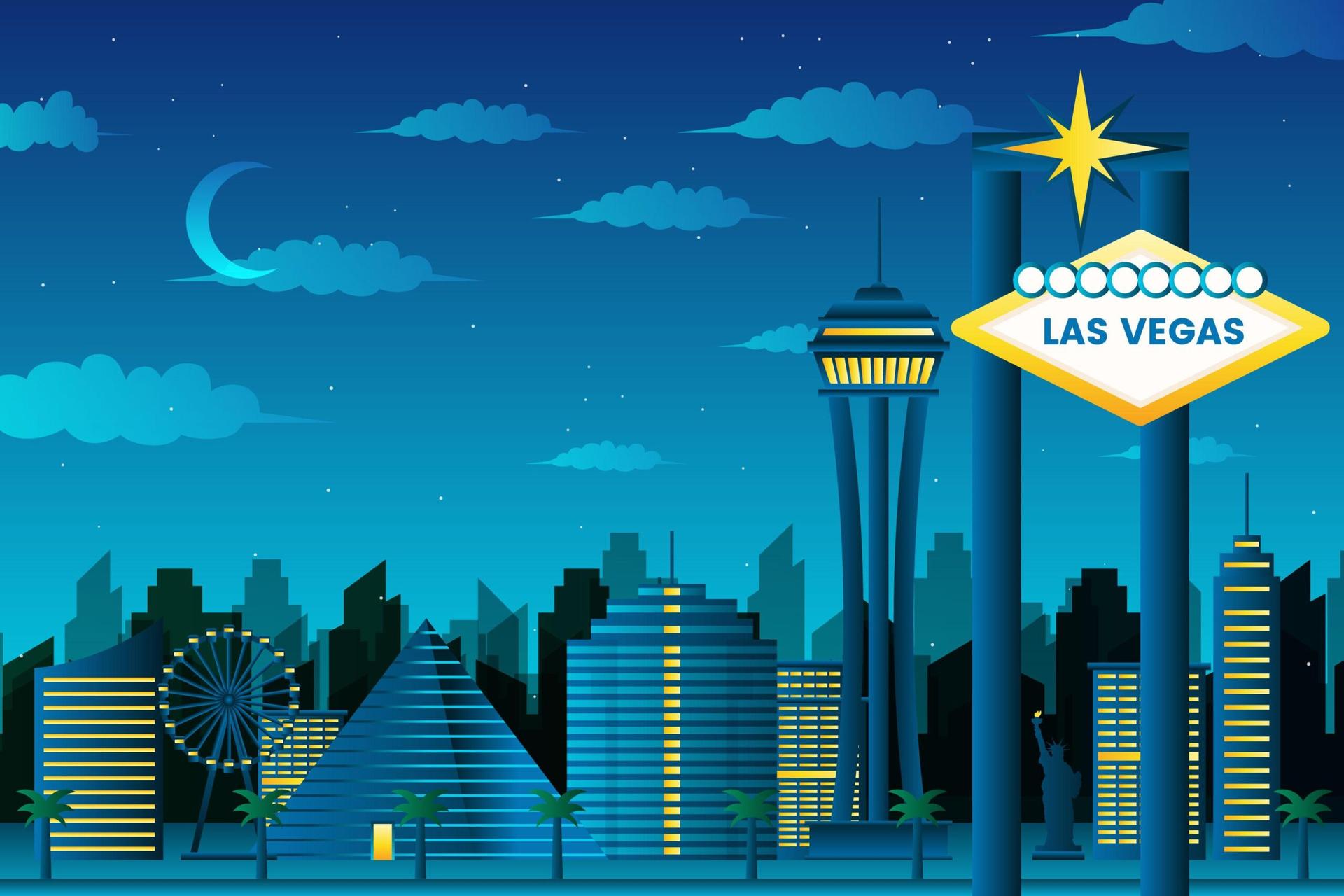Welcome to Washington, D.C., proudly known as the Nation’s Capital and the heart of American history and government! Known for its iconic landmarks, vibrant neighborhoods, and rich history, D.C. offers a unique blend of politics, culture, and entertainment. Whether you’re moving here for work, school, or a fresh start, this guide has everything you need to live your best life in Washington, D.C.
In this post:
- Why live in Washington, D.C.?
- Cost of living
- Getting around the city
- Job market and major industries
- Universities and student housing options
- Best neighborhoods to live in
- Must-visit spots
- Local events and festivals
- Final tips for enjoying Washington, D.C.
Why live in Washington, D.C.?
Washington, D.C.’s thriving job market, historic landmarks, and diverse cultural scene make it one of the most exciting places to live in the U.S. Beyond its status as the nation’s capital, D.C. is home to dynamic neighborhoods, world-class museums, and a vibrant arts community. Its walkable streets, beautiful parks, and proximity to Virginia and Maryland add to the appeal.
With opportunities in fields like government, law, education, and healthcare, D.C. offers plenty of career potential. Beyond work, residents enjoy the perks of free museums, lively festivals, and a culinary scene that spans from food trucks to fine dining. If you’re looking for flexible, affordable housing, PadSplit offers shared housing options throughout D.C., with weekly payments, utilities included, and no long-term commitments, making it easy to settle into life in this iconic city.
Cost of living in Washington, D.C.
Washington, D.C.’s cost of living is high compared to other U.S. cities, particularly for housing and dining. Rent for a one-bedroom apartment averages between $1,800 and $2,500 per month, but PadSplit offers more affordable options with flexible weekly rates and utilities included.
Grocery costs in D.C. typically average around $300 per month for one person, with local markets, grocery stores, and farmers’ markets scattered throughout the city. Dining out ranges from affordable food trucks to upscale options, with casual meals costing around $15–$30. D.C.’s food scene is diverse, with options ranging from Ethiopian to Latin American cuisine and everything in between.
Monthly utility costs, including electricity, water, and heating, average around $160. D.C.’s humid summers make air conditioning essential, while the mild winters help keep heating costs moderate. Healthcare costs are slightly above the national average, with top facilities like MedStar Georgetown University Hospital, George Washington University Hospital, and Inova Health System providing quality care.
Overall, D.C.’s cost of living reflects the amenities, job opportunities, and cultural experiences that come with living in the capital.
Getting around Washington, D.C.
Washington, D.C. is known for its reliable and accessible public transportation options, with many residents relying on the city’s extensive Metro system. The WMATA (Washington Metropolitan Area Transit Authority) operates the Metro and bus systems throughout the D.C. metro area. A monthly Metro pass costs around $72, making it an affordable choice for commuting.
D.C. is served by major highways, including I-395, I-66, and the Beltway, which connect the city to nearby Virginia and Maryland. The city also has three major airports: Ronald Reagan Washington National Airport (DCA), Dulles International Airport (IAD), and Baltimore/Washington International Airport (BWI), providing convenient access for both domestic and international travel.
D.C. is one of the most walkable cities in the U.S., with neighborhoods like Dupont Circle, Adams Morgan, and Capitol Hill offering pedestrian-friendly streets. Capital Bikeshare provides a convenient option for cyclists, and many trails, including the National Mall and the Mount Vernon Trail, offer scenic biking and walking routes. Rideshare services like Uber and Lyft are also widely available.
Job market and major industries
Washington, D.C. has a robust job market with abundant opportunities in government, law, education, healthcare, and technology. As the nation’s capital, D.C. is a global hub for government and public policy, home to major employers like federal government agencies, think tanks, and law firms. There are also ample opportunities in public policy, international relations, and nonprofit organizations.
The healthcare sector is another prominent industry, with leading employers like MedStar Health, Inova Health System, and George Washington University Hospital offering jobs in patient care, research, and administration. Education is also significant, with major institutions like Georgetown University and George Washington University creating jobs in academics, research, and administration.
The city’s tech sector is growing as well, with Amazon’s HQ2 in nearby Northern Virginia bringing additional tech and logistics jobs to the area. With diverse career opportunities across various fields, D.C. is an attractive place for professionals looking to advance their careers.
Universities in Washington, D.C., and housing options
Washington, D.C. is home to several prestigious universities that attract students from across the country and around the world. Here’s a look at major institutions and nearby housing options:
1. Georgetown University
- Location: Georgetown
- Housing: Georgetown University offers on-campus housing, but many students live off-campus in Georgetown or Glover Park, both of which are known for their charm and walkability. PadSplit provides flexible housing options nearby, ideal for students and young professionals seeking affordability and convenience.
- Explore more: Georgetown University housing
2. George Washington University (GWU)
- Location: Foggy Bottom
- Housing: GWU students often live in Foggy Bottom, known for its proximity to the National Mall and the Kennedy Center. This area is walkable and filled with cafes and shopping. PadSplit offers budget-friendly housing nearby, perfect for those wanting to live close to campus and the heart of the city.
- Explore more: GWU housing
3. American University
- Location: Upper Northwest
- Housing: American University is located in Upper Northwest D.C., with many students living in nearby neighborhoods like Tenleytown and Cleveland Park. These areas offer a quieter, residential feel with easy access to dining, shopping, and the Red Line Metro. PadSplit provides affordable housing options nearby, making it accessible for students and professionals who want convenience and a sense of community.
- Explore more: American University housing
Best neighborhoods to live in Washington, D.C.
Dupont Circle
Dupont Circle is a vibrant, historic neighborhood known for its LGBTQ+ friendly community, art galleries, and lively dining and nightlife scene. The vibe here is welcoming and eclectic, with a blend of young professionals, students, and longtime residents. Along with popular cafes and restaurants, the neighborhood hosts a weekend farmers’ market and features a historic fountain that’s a favorite local gathering spot. Dupont Circle is very walkable, and with PadSplit’s affordable housing options nearby, you can enjoy city life without the high costs. It’s best to stay alert in busier areas at night, especially around popular nightlife spots.
Capitol Hill
Capitol Hill is a picturesque neighborhood known for its iconic rowhouses, tree-lined streets, and proximity to D.C. landmarks like the U.S. Capitol Building and the Library of Congress. The area has a classic, historic vibe and attracts government employees, young families, and professionals who enjoy a strong sense of community. Eastern Market, a popular year-round indoor and outdoor market with fresh produce, arts, and crafts, is a neighborhood highlight. Capitol Hill is generally safe, but some quieter streets may be dimly lit, so it’s best to be cautious when walking at night. PadSplit offers budget-friendly housing options nearby, making it easier to live close to the heart of D.C. history.
Georgetown
Georgetown offers a charming, upscale vibe with cobblestone streets, boutique shopping, and waterfront views along the Potomac River. Known for its historic architecture and proximity to Georgetown University, the area is popular with students, families, and professionals who appreciate its scenic atmosphere. In addition to its vibrant dining scene, Georgetown’s waterfront park provides beautiful views and kayaking access. PadSplit offers affordable housing nearby, allowing residents to experience Georgetown’s charm while staying within budget. Although Georgetown is very safe, it can get busy, so be mindful of belongings in crowded areas on weekends.
Adams Morgan
Adams Morgan is an eclectic, multicultural neighborhood known for its vibrant nightlife, colorful murals, and diverse dining options. The area has a relaxed, yet dynamic vibe that appeals to young professionals, artists, and students. Along with its famous nightlife, Adams Morgan offers quirky cafes, small music venues, and unique thrift shops that give the area a distinctly local feel. PadSplit provides flexible housing options nearby, ideal for those who want to live in this culturally rich part of D.C. It’s generally safe, though traveling in groups if out late is recommended, as the area can be lively after dark.
Navy Yard
Navy Yard is one of D.C.’s newer, fast-growing neighborhoods, known for its modern apartments, riverfront parks, and trendy dining scene. It has a family-friendly yet contemporary vibe, attracting young professionals and families who appreciate the mix of green space and urban amenities. Nationals Park, home to the Washington Nationals, and The Yards Park, with its scenic river views and splash fountains, make this area especially popular. PadSplit offers affordable housing nearby, making it possible to enjoy this thriving neighborhood on a budget. While Navy Yard is generally safe, it can feel quieter at night, so walking with company is a good idea.
Exploring Washington, D.C.: must-visit spots
Washington, D.C. is filled with iconic landmarks, scenic parks, and lively neighborhoods that showcase its rich history and cultural diversity. Start with The National Mall, often referred to as “America’s Front Yard,” a sprawling green space lined with landmarks like the Lincoln Memorial, Washington Monument, and U.S. Capitol. Along the Mall, you’ll also find the Smithsonian Museums—a collection of world-renowned institutions offering free admission. Highlights include the National Museum of American History, the National Air and Space Museum, and the National Museum of African American History and Culture.
The Lincoln Memorial and Reflecting Pool offer some of the most memorable views in D.C., with the Pool reflecting the Washington Monument and surrounding memorials. For history and architecture enthusiasts, a tour of the U.S. Capitol Building and a visit to the Library of Congress provide a unique look into the nation’s legislative history and culture.
Nearby, Eastern Market in Capitol Hill is a bustling weekend spot, featuring everything from local farmers and artisans to food vendors. It’s a great place to pick up fresh produce, try local dishes, or find unique art and crafts. Not far away, Georgetown Waterfront offers outdoor dining, paddleboarding on the Potomac, and access to scenic walking and biking paths along the C&O Canal.
Another must-see is the Tidal Basin, which offers stunning views of the cherry blossoms each spring. For a more modern vibe, head to the U Street Corridor and H Street for eclectic dining, vibrant nightlife, and historic jazz clubs that pay homage to D.C.’s musical roots.
Local events and festivals
D.C.’s events and festivals celebrate the city’s history, diverse cultures, and artistic energy. Here are some of the top annual events:
National Cherry Blossom Festival
Held each spring, the National Cherry Blossom Festival celebrates the blooming cherry trees gifted by Japan. Events include a parade, cultural performances, and picnics along the Tidal Basin—a D.C. highlight!
Smithsonian Folklife Festival
This free, outdoor festival on the National Mall celebrates cultural traditions from around the world. Held each summer, it’s a unique way to experience global music, crafts, and dance.
DC JazzFest
DC JazzFest is an annual music festival held each June, featuring jazz performances at venues throughout the city. It’s a must-attend event for music lovers and jazz enthusiasts alike.
H Street Festival
Held each fall, the H Street Festival brings art, food, and live performances to the streets of the H Street Corridor. It’s one of D.C.’s largest street festivals, celebrating the city’s culture and community.
Capital Pride
D.C. hosts one of the largest LGBTQ+ celebrations in the region each June, with a parade, festival, and events held in neighborhoods like Dupont Circle.
Final tips for enjoying Washington, D.C.
D.C.’s historic significance, diverse communities, and unique neighborhoods make it an inspiring place to live. Locals may refer to the area as “the DMV” (for D.C., Maryland, and Virginia), and you’ll often hear “Capitol Hill” shortened to just “the Hill.” Take time to enjoy D.C.’s laid-back vibe at the city’s many green spaces and waterfront areas, and don’t miss trying a half-smoke at Ben’s Chili Bowl or visiting a jazz club on U Street.
With D.C.’s humid summers, mild winters, and vibrant events calendar, the city is perfect for year-round exploration. Whether you’re attending a gallery opening in Dupont Circle, strolling through Eastern Market, or paddling on the Potomac, the nation’s capital has something for everyone. Embrace D.C.’s local charm and community spirit, and you’ll soon feel like a local.
For affordable, flexible housing options in D.C., explore PadSplit and start your journey to stress-free living in the Nation’s Capital!



